If Oscar Wilde was right that the only thing worse than being talked about is not being talked about, you have to hand it to BMW's styling. Over the years, the company's design department in Munich has probably generated enough column inches to stretch from here to the moon, as it has challenged conventional tastes time and again with its concepts and production cars.
These days, the fuss often concerns each new interpretation of BMW's iconic kidney grilles, and we've seen a few: the self-healing polymer of the iX, the wide chrome bling of the X7, and the gaping void of the M3. Before that, it was the so-called "Bangle butt"—the stepped tail at the back of the fourth-generation 7 Series named for then-head designer Chris Bangle. When the model was launched in 2001 (and for years afterward), BMW fans would recoil just at its mention; today, it has become normalized and acceptable.
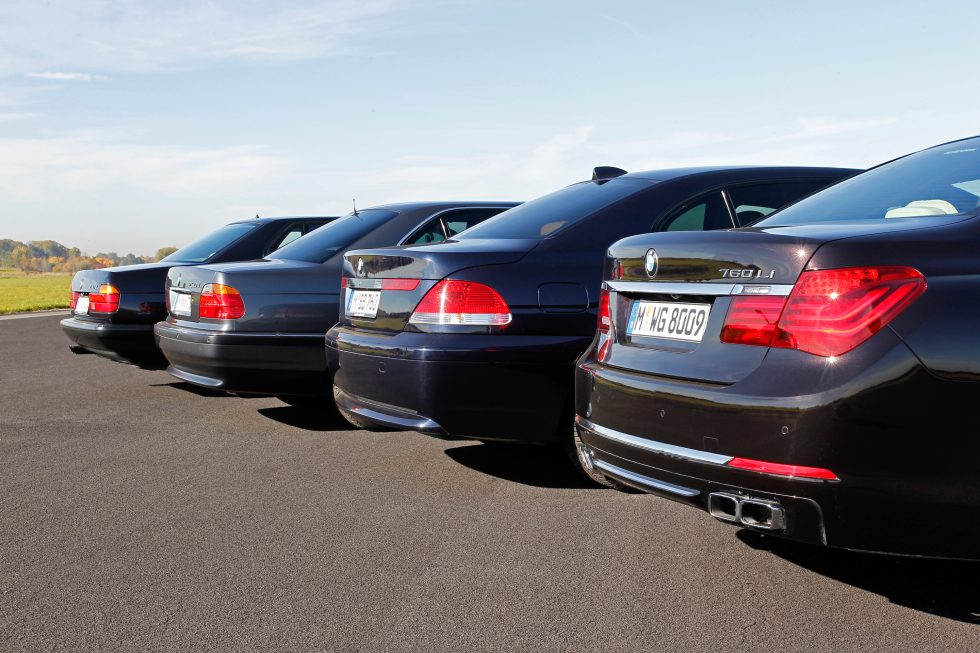
The design of the trunk lid on the E65 7 Series (second from right) was not well-received at the time.
But the brand's willingness to embrace left-field ideas predates this century—how else to explain the 1989 Z1 roadster, with its removable plastic body panels and doors that dropped down into their sills?
The company's willingness to take risks with the way its cars look makes a certain commercial sense when you consider BMW's two greatest rivals, Mercedes-Benz and Audi. The former has settled on an elegant, streamlined design language, and the latter goes for a more angular, anodyne take on Teutonic luxury. With these positions staked out, doing something different sometimes means letting one's freak flag fly.
"What I can say is that we're gonna continue on this path of a very, very clean design language," Adrian van Hooydonk, who has been in charge of BMW Group's designs since 2009, told Ars. "Very few lines, but those lines that we have are very precise—we like crisp lines, we don't like flat surfaces."
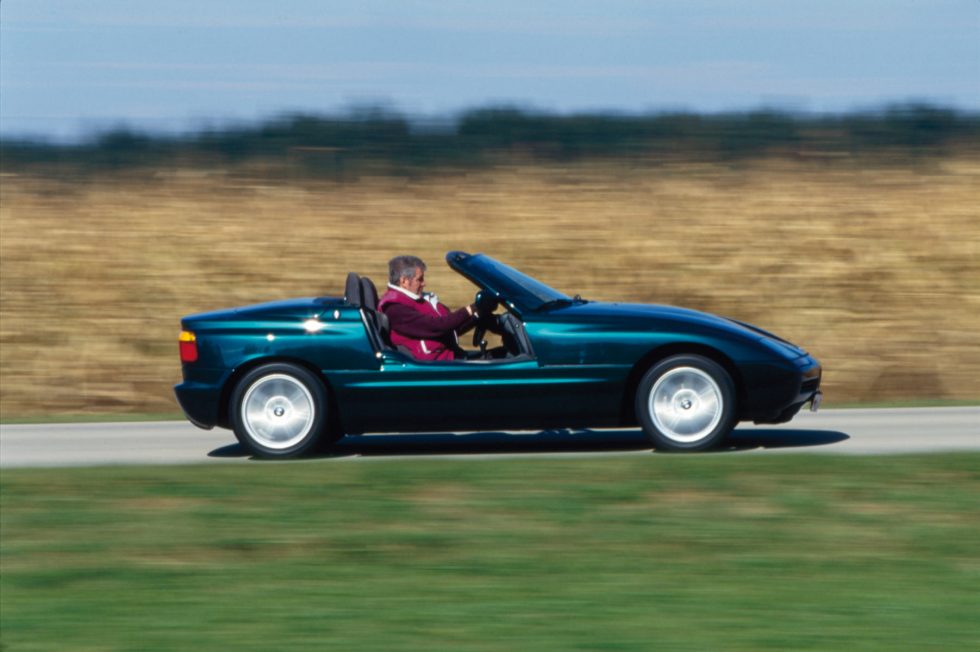
That doesn't mean BMWs will all look the same, though. "What we are going to offer is more variety in the character of the vehicle," van Hooydonk explained. "So it's not going to be one language appliance over all vehicles. Our lineup is quite large right now—almost 20 vehicles. So we feel that we need to cater these vehicles in character to specific customers because there's always different competitors in each segment."
"What we also notice is that, perhaps accelerated through the pandemic, when people want a new car now, they make a very conscious decision more and more [to buy] an electric car. But not just an electric car—they want to be part of the future. They flick the switch; they want to be part of a new type of mobility. And that's what we're trying to deliver," he said.
I'm a fan of the way that BMW's designers keep pushing the envelope, like in the GINA concept of 2008, which was skinned in flexible, stretchy polyurethane-coated elastane instead of conventional bodywork. "That was the first idea of a car that could transform in certain ways," van Hooydonk told Ars.
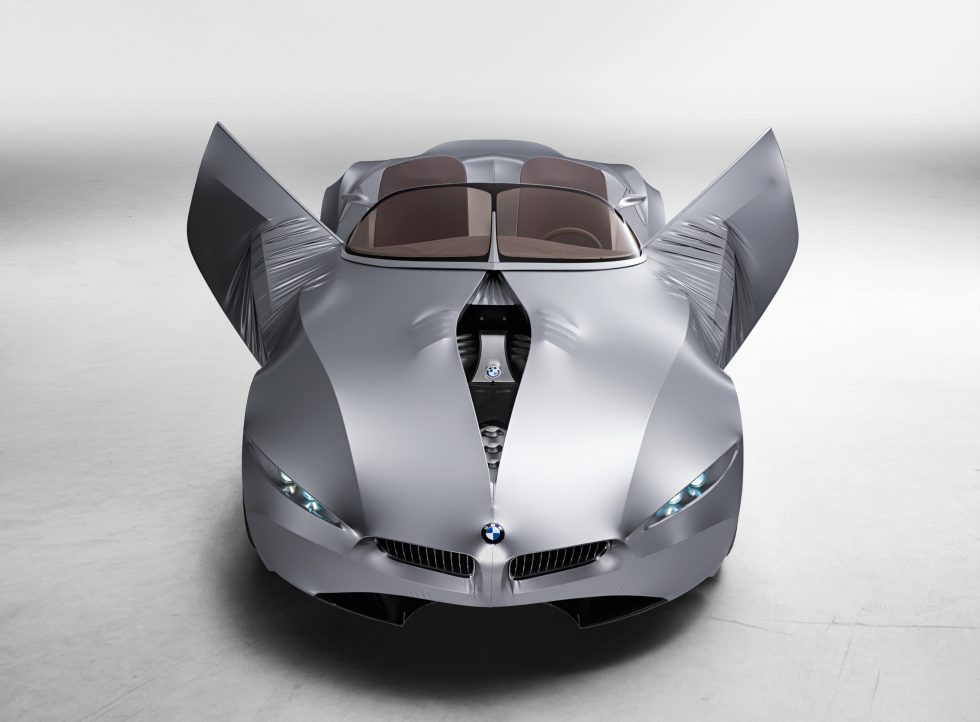
More than a decade on, the iX Flow concept plays with similar ideas. Unveiled at CES in January, the iX Flow can ripple like a cuttlefish as its e-ink skin changes color. I asked van Hooydonk what BMW has learned from the iX Flow and whether we might eventually see electrophoretics as an option alongside traditional paint.
"I certainly hope that we will because it's something that I think excited people all over the world... it's one of those things where if you talk about it, people are going, "Nah, that won't happen," but then... people saw something that wowed them. So it is a cool concept, and we are working closely with the manufacturer, the supplier of that technology, and we are developing it further. That's all I can say for now," he told Ars.
"We say we want to do design that is tech-magic. So we want people to get excited about the technology. And you don't get excited if [a car] just functions; you only get excited if it does things that you don't expect, that go over and beyond. So there could be this kind of surprise and delight," van Hooydonk said, referring to "shy tech," like the kind we saw in the Vision iNext concept.
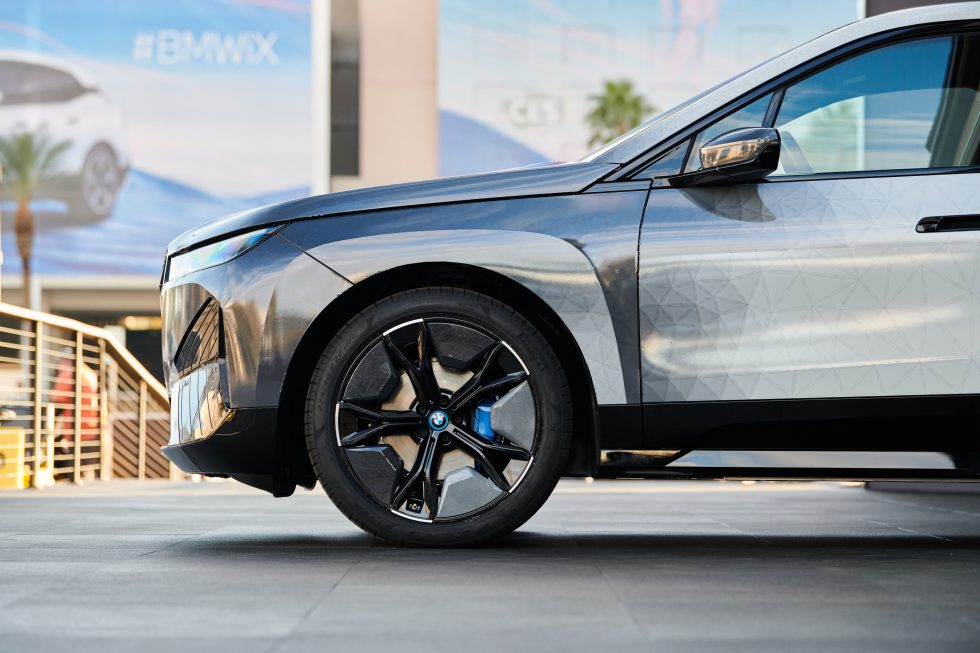
Future BMWs will pay more attention to the comfort of their occupants, the designer said. "I realized that we could do better in terms of seating comfort, headspace, [and] leg space... We wanted the interior to be much more enveloping and much more comfortable," he said, referring to the new 7 Series.
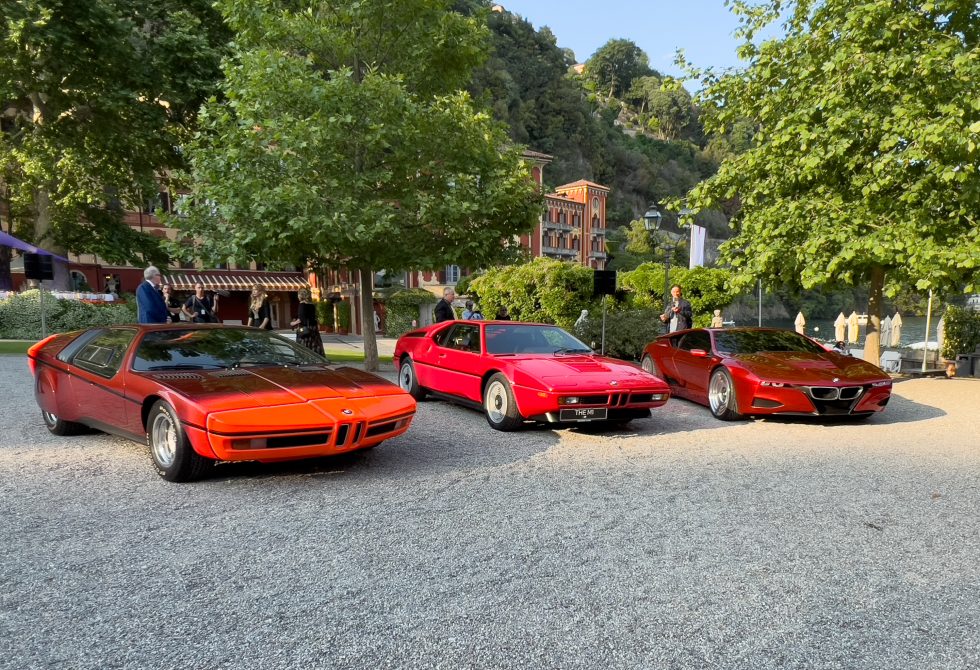
Is there a future for the kinds of two-door coupes, convertibles, and sports cars that helped BMW make its name?
"Today people want everything—they want it all," van Hooydonk said. "So that then turned into 'OK, an SUV needs to have a sporty character.' And then perhaps we can do an SUV coupe. Sounds strange at first, but now [it's] very normal. Because people don't want to give up on a certain lifestyle when they need four doors. What does it mean for the two-seat or two-door vehicle? That's quite interesting because for the most part, now you see [companies] taking these vehicles out of the market. You see other companies stopping production. I hope that's not a trend that will continue, but perhaps times have changed for good," he said.
"Perhaps people now are no longer prepared to make the type of compromises they were prepared to make several years ago," he said. "Even when you look at a sports car—let's say 20 years ago—there were fantastic cars to drive very fast. But to be honest, to drive them in the city? Not very easy. An incredibly heavy gear shift, clutch, hot inside, but people were prepared to make all these compromises because it was cool. And today, people still want to be cool, but they feel that perhaps those compromises are not cool."


/cloudfront-us-east-2.images.arcpublishing.com/reuters/TCYROD4AOJPRBHEJ26H2246JO4.jpg)
3175x175(CURRENT).thumb.jpg.b05acc060982b36f5891ba728e6d953c.jpg)
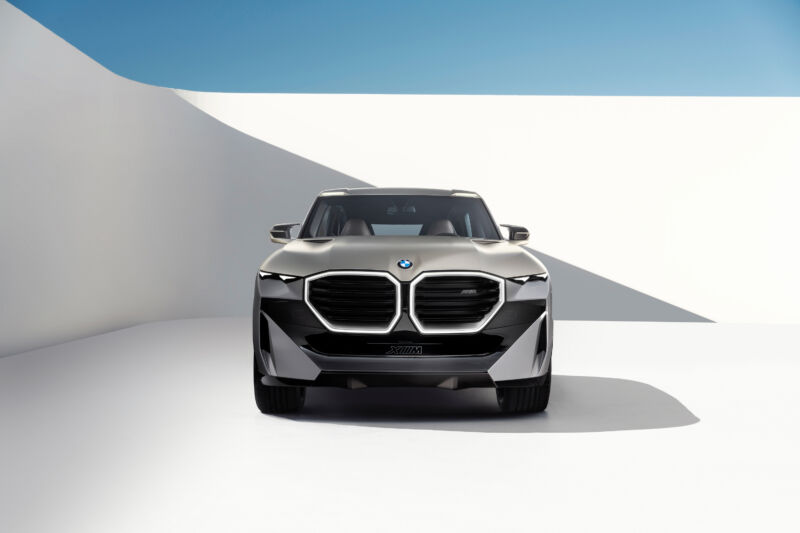

Recommended Comments
There are no comments to display.
Join the conversation
You can post now and register later. If you have an account, sign in now to post with your account.
Note: Your post will require moderator approval before it will be visible.